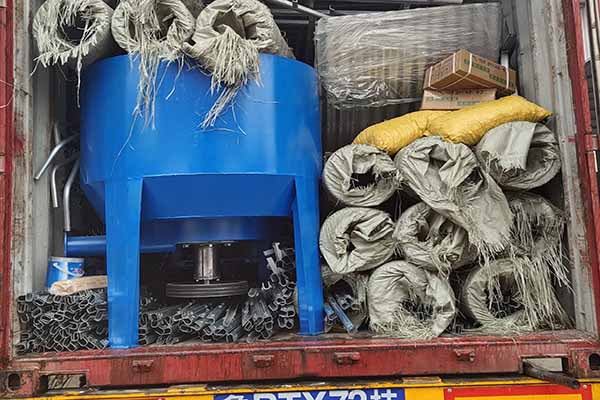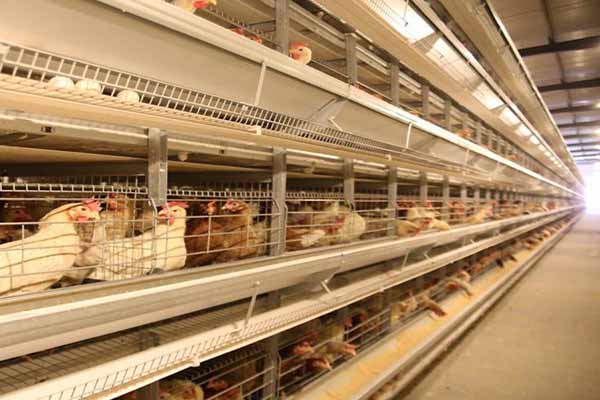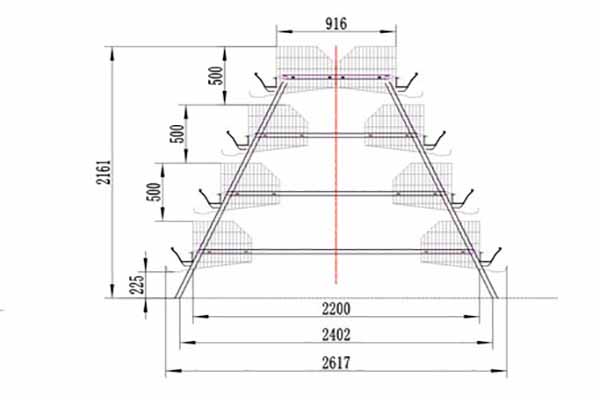High Capacity 10,000 Layer Poultry Farm Setup: A Comprehensive Guide
Time : 2025-06-25
Managing a high-capacity poultry farm, such as a 10,000-layer operation, requires meticulous planning, state-of-the-art equipment, and a profound understanding of poultry farming techniques. This guide will delve into the essential aspects of setting up a high-capacity 10,000 layer poultry farm, including infrastructure, equipment, and management strategies. Let’s explore the intricacies of this large-scale poultry venture.
1. Infrastructure Planning
Successful poultry farming begins with a robust infrastructure. A 10,000-layer farm necessitates a substantial layout, ensuring ample space for the chickens, equipment, and workers. Below are some key aspects to consider in the infrastructure planning process:
1.1 Farm Layout
Design the farm layout with clear demarcations for different areas such as the chick-rearing zone, grow-out pens, feed storage, egg collection, and manure management. Ensure the layout maximizes space efficiency and minimizes the risk of disease transmission.

1.2 Building Construction
Select high-quality materials and construction techniques to build durable, weather-resistant structures. The roof should be well-insulated to protect against extreme temperatures, while the walls should be airtight to prevent drafts and pests.
1.3 Biosecurity Measures
Implement strict biosecurity protocols to minimize the risk of disease outbreaks. This includes isolation of new arrivals, controlled access to the farm, and regular cleaning and disinfection of the facilities.
2. Equipment and Technology
Investing in high-quality equipment and technology is crucial for a successful 10,000-layer poultry farm. Below are some of the key pieces of equipment to consider:
2.1 Feeders and Drinkers
Automated feeders and drinkers are essential for a high-capacity operation. These devices ensure that the birds receive consistent feed and water throughout their growing cycle.
2.2 Ventilation and Cooling Systems
Efficient ventilation and cooling systems are vital for maintaining optimal environmental conditions. Look for equipment that provides even airflow, reduces heat stress, and controls humidity levels.
2.3 Egg Collection Systems
Automated egg collection systems are necessary for a large-scale operation. These systems minimize the risk of egg breakage and reduce labor costs.
2.4 Manure Management Equipment
Invest in manure management equipment that is efficient and environmentally friendly. This could include composting systems, solid separation units, and anaerobic digesters.
3. Management Strategies
Managing a 10,000-layer poultry farm demands a well-thought-out approach to maximize productivity and minimize risk. Below are some key management strategies:
3.1 Health Monitoring
Implement a comprehensive health monitoring  program to detect and address diseases early. Regular veterinary check-ups, testing, and vaccination protocols are essential.
program to detect and address diseases early. Regular veterinary check-ups, testing, and vaccination protocols are essential.
3.2 Breeding Programs
<p Develop a breeding program that focuses on producing high-quality birds with excellent growth rates, egg production, and disease resistance. Consider collaborating with poultry breeding companies to stay up-to-date with the latest advancements.
3.3 Labor Management
<p Hire and train skilled workers to ensure efficient operations. Implement performance-based incentives to motivate the workforce and promote a positive work environment.
3.4 Data Analysis
<p Utilize data analytics tools to monitor the farm’s performance, identify trends, and make inform ed decisions. Regularly review key performance indicators such as egg production, feed conversion, and biosecurity incidents.
ed decisions. Regularly review key performance indicators such as egg production, feed conversion, and biosecurity incidents.
4. Conclusion
Setting up a high-capacity 10,000-layer poultry farm is a complex but rewarding endeavor. By focusing on infrastructure, equipment, and management strategies, you can create a successful and sustainable operation. Always remember that the key to success lies in thorough planning, continuous improvement, and dedication to best practices.











